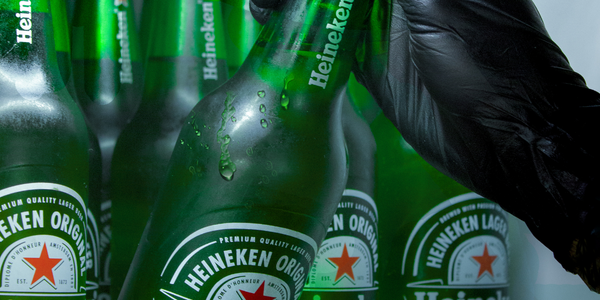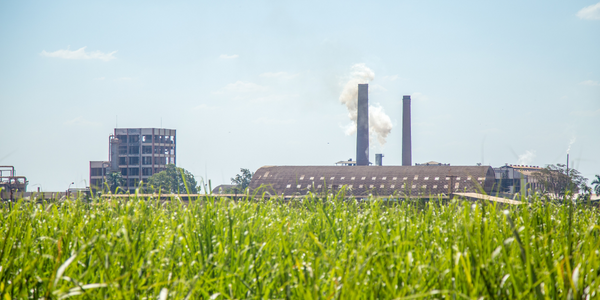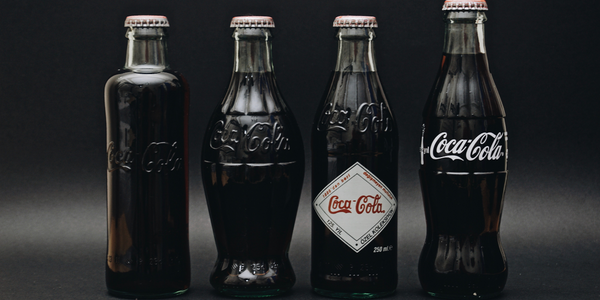Customer Company Size
Large Corporate
Region
- Pacific
Country
- Australia
- New Zealand
Product
- Blue Yonder’s space planning solution
- 3DVR’s Retail Visualization Suite (RVS)
Tech Stack
- 3D space planning
- Retail Visualization
Implementation Scale
- Enterprise-wide Deployment
Impact Metrics
- Productivity Improvements
- Brand Awareness
Technology Category
- Functional Applications - Inventory Management Systems
Applicable Industries
- Food & Beverage
- Retail
Applicable Functions
- Sales & Marketing
- Business Operation
Use Cases
- Inventory Management
- Supply Chain Visibility
Services
- System Integration
- Software Design & Engineering Services
About The Customer
PepsiCo Australia & New Zealand is a division of the global food and beverage giant, PepsiCo. The company is home to some of the most recognized and respected global and regional brands such as Smith’s Chips, Red Rock Deli, Bluebird Chips and Twisties. The company has been striving to embed category thinking within every function of its business, from the development of insight-led innovation right through to shopper-led activation at point of purchase. PepsiCo is committed to bringing its retail partners holistic category solutions, beyond brands and products.
The Challenge
PepsiCo Australia & New Zealand, home to globally recognized brands such as Smith’s Chips, Red Rock Deli, Bluebird Chips and Twisties, sought to evolve from category management to category leadership. The company aimed to establish a total macro-snacking view, given the increasing importance of grocery. PepsiCo also wanted to improve its rankings in retail benchmarking surveys as a measure of its performance. The company aimed to better engage with retailers to create a macro-snacking total impulse solution and drive store-of-the-future concepts in order to increase basket value.
The Solution
PepsiCo leveraged Blue Yonder’s space planning solution and 3DVR’s Retail Visualization Suite (RVS) to achieve its goals. The company used these tools to visualize their store presence, further develop their category strategy and bring to life their macro snacking growth strategy. The integration of these solutions provided PepsiCo with a powerful means to visualize their store presence and develop their category strategy. Blue Yonder has been an active partner in supporting PepsiCo’s strategy to go beyond category management to category leadership. The solutions have supported PepsiCo’s team to drive elevated conversations with retailers around the store-of-the-future.
Operational Impact
Quantitative Benefit

Case Study missing?
Start adding your own!
Register with your work email and create a new case study profile for your business.
Related Case Studies.

Case Study
The Kellogg Company
Kellogg keeps a close eye on its trade spend, analyzing large volumes of data and running complex simulations to predict which promotional activities will be the most effective. Kellogg needed to decrease the trade spend but its traditional relational database on premises could not keep up with the pace of demand.

Case Study
HEINEKEN Uses the Cloud to Reach 10.5 Million Consumers
For 2012 campaign, the Bond promotion, it planned to launch the campaign at the same time everywhere on the planet. That created unprecedented challenges for HEINEKEN—nowhere more so than in its technology operation. The primary digital content for the campaign was a 100-megabyte movie that had to play flawlessly for millions of viewers worldwide. After all, Bond never fails. No one was going to tolerate a technology failure that might bruise his brand.Previously, HEINEKEN had supported digital media at its outsourced datacenter. But that datacenter lacked the computing resources HEINEKEN needed, and building them—especially to support peak traffic that would total millions of simultaneous hits—would have been both time-consuming and expensive. Nor would it have provided the geographic reach that HEINEKEN needed to minimize latency worldwide.

Case Study
Improving Production Line Efficiency with Ethernet Micro RTU Controller
Moxa was asked to provide a connectivity solution for one of the world's leading cosmetics companies. This multinational corporation, with retail presence in 130 countries, 23 global braches, and over 66,000 employees, sought to improve the efficiency of their production process by migrating from manual monitoring to an automatic productivity monitoring system. The production line was being monitored by ABB Real-TPI, a factory information system that offers data collection and analysis to improve plant efficiency. Due to software limitations, the customer needed an OPC server and a corresponding I/O solution to collect data from additional sensor devices for the Real-TPI system. The goal is to enable the factory information system to more thoroughly collect data from every corner of the production line. This will improve its ability to measure Overall Equipment Effectiveness (OEE) and translate into increased production efficiencies. System Requirements • Instant status updates while still consuming minimal bandwidth to relieve strain on limited factory networks • Interoperable with ABB Real-TPI • Small form factor appropriate for deployment where space is scarce • Remote software management and configuration to simplify operations

Case Study
Energy Management System at Sugar Industry
The company wanted to use the information from the system to claim under the renewable energy certificate scheme. The benefit to the company under the renewable energy certificates is Rs 75 million a year. To enable the above, an end-to-end solution for load monitoring, consumption monitoring, online data monitoring, automatic meter data acquisition which can be exported to SAP and other applications is required.

Case Study
Coca Cola Swaziland Conco Case Study
Coco Cola Swaziland, South Africa would like to find a solution that would enable the following results: - Reduce energy consumption by 20% in one year. - Formulate a series of strategic initiatives that would enlist the commitment of corporate management and create employee awareness while helping meet departmental targets and investing in tools that assist with energy management. - Formulate a series of tactical initiatives that would optimize energy usage on the shop floor. These would include charging forklifts and running cold rooms only during off-peak periods, running the dust extractors only during working hours and basing lights and air-conditioning on someone’s presence. - Increase visibility into the factory and other processes. - Enable limited, non-intrusive control functions for certain processes.








